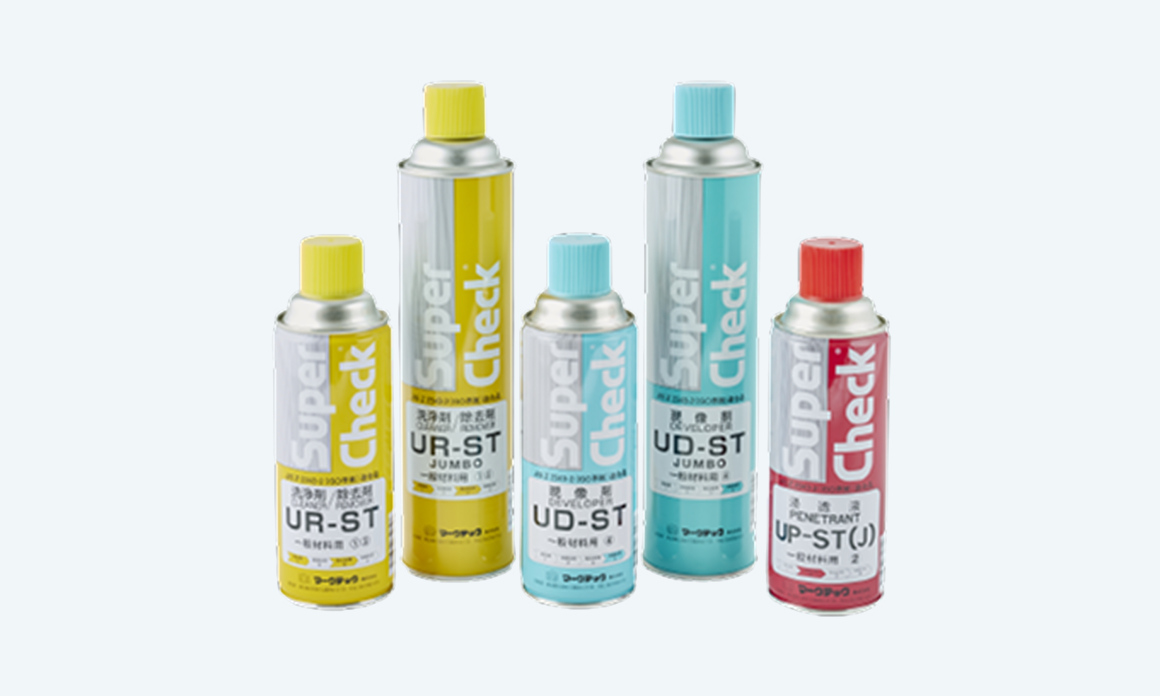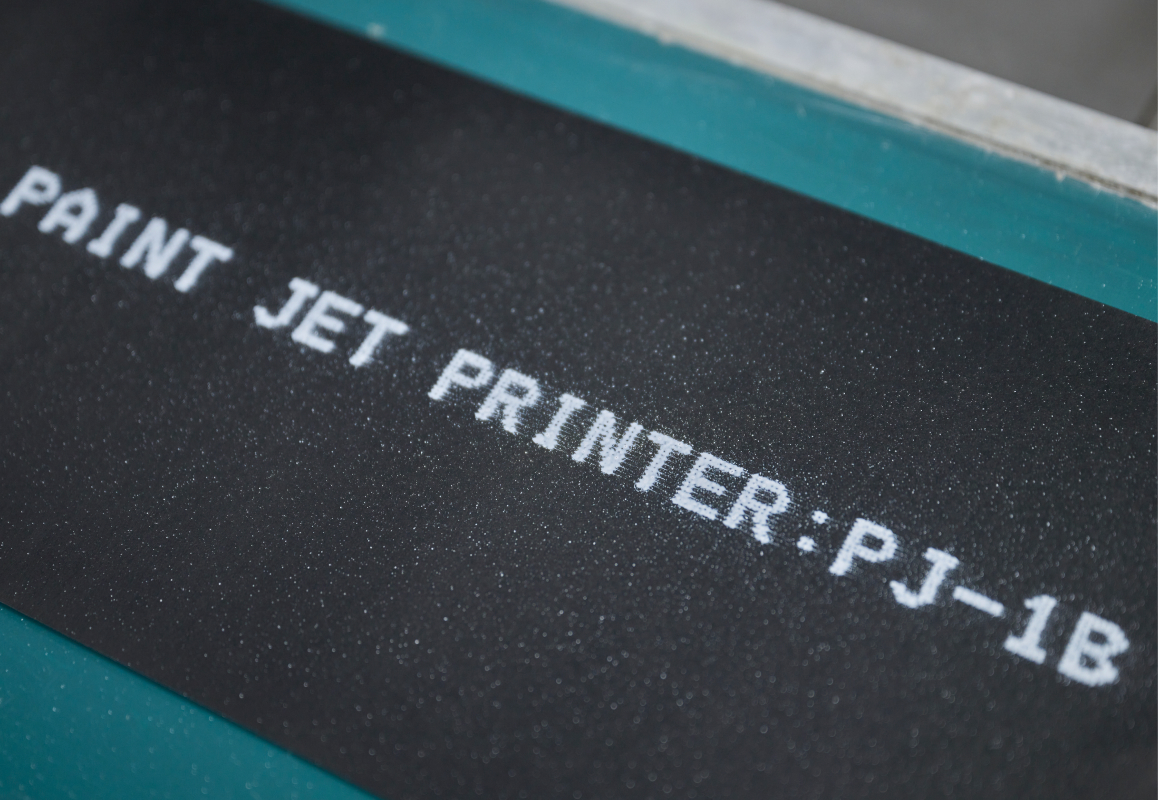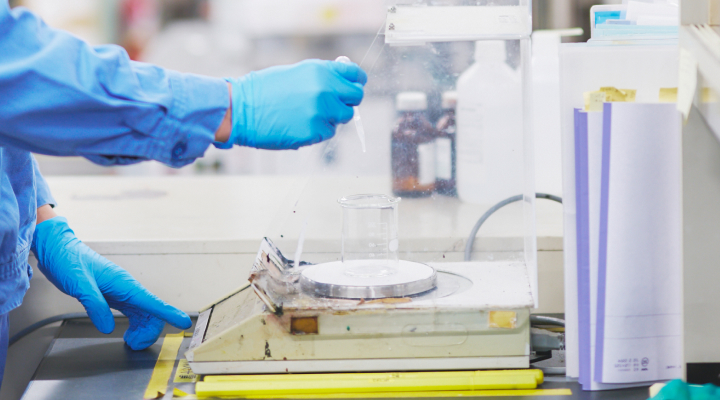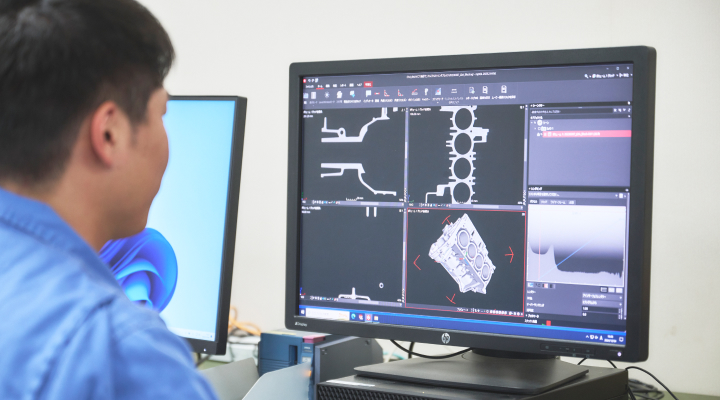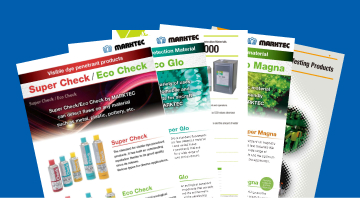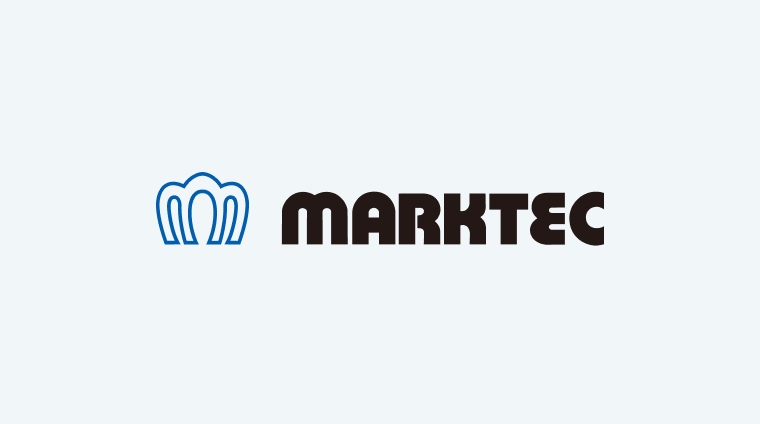- Well-understood course
A Course to Better Understand Magnetic Particle Testing
- Non-destructive testing
It is called MT or MPT (Magnetic Particle Testing), and is a flaw detection test method suitable for detecting flaws near the surface of ferromagnetic materials such as steel. When a test specimen is magnetized, if there is a magnetic discontinuity such as a flaw on the surface or in a relatively shallow area just below the surface (approximately 2 to 3 mm from the surface), magnetic flux leaks from that area (called leakage flux) and a magnetic pole will be formed at the boundary with the discontinuity. When magnetic powder (magnetic powder with pigment or phosphor attached to it) is scattered on the surface of a test specimen, the magnetic powder is magnetized by the leakage magnetic field, turning into tiny magnets that adhere to the magnetic poles of the flaw. The magnetic particles that adhere to the flaw can create a pattern of particles that is several to several tens of times wider in comparison to the actual flaw, meaning flaws can easily be detected visually.
Magnetic particle testing products
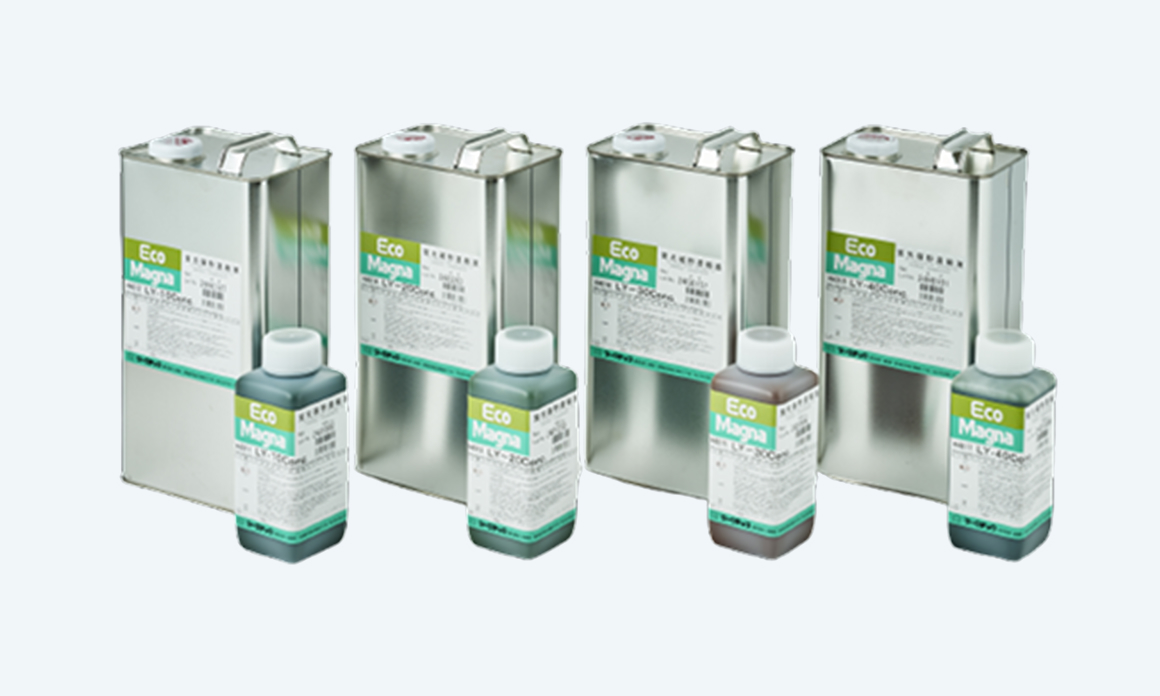
Magnetic dispersant, anti-rust agent, defoaming agen
・Eco Magna
・Super Magna
・Magnetic dispersant, anti-rust agent, defoaming agent
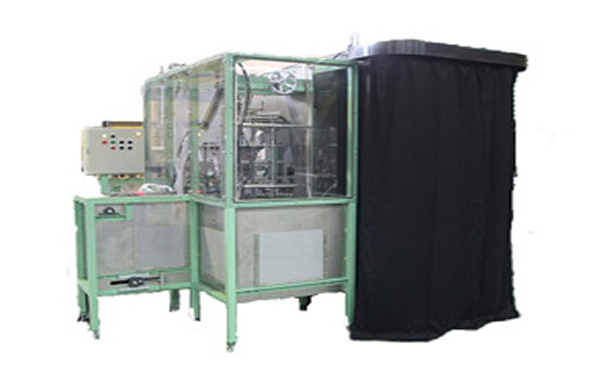
Procedure of MPT
Procedure of MPT is “Pre-cleaning” – “Magnetization” – “Applying magnetic particle” – “Observation” – “Post-cleaning”.
STEP
Pre-cleaning
Oil, paint, rust and other foreign materials on the surface to be inspected not only prevent attraction of magnetic particles to the flux leakage, but also lead to form a false indication.Therefore such materials will be cleaned chemically or mechanically before magnetization process.
STEP
Magnetization
The workpiece is magnetized as direction of magnetic flux is orthogonal to direction of a flaw.
Following method is applied for proper magnetization.
1. Axial current method : To pass electric current longitudinal direction of the workpiece
2. Cross current method : To pass electric current cross direction of axis of the workpiece
3. Prod method : To pass electric current between two prods contacted inspection area of the workpiece
4. Through conductor method : To pass electrical current through the hole of the workpiece
5. Coil method : Put the workpiece in a magnetizing coil
6. Yoke method : Put the workpiece between magnetic poles
7. Through flux method : To pass magnetic flux through the hole of the workpiece
STEP
Applying magnetic particle
1. Types of magnetic particle
Easy magnetization and migration to flux leakage and discriminative flaw indication are required for performance of magnetic particle.
There are two types of magnetic particle, one is non-fluorescent particle (white, red, black) for observation under visible light, and the other is fluorescent magnetic particle for observation under UV light.
Dry method, magnetic particle is applied to the surface as it stands, and wet method, magnetic particle is dispersed in oil or water, are applied.
2. Applying timing of magnetic particle
There are two methods. Magnetic particle is applied during magnetization of the workpiece, or applied after ceasing magnetization. In later case residual magnetism is utilized for forming flaw indication.
STEP
Observation
UV light is used for observation of the workpiece under dark environment in case of using fluorescent magnetic particle for inspection.
STEP
Post-cleaning
Demagnetization, removing residual magnetic particle and rust proofing of the workpiece are done if required.

